February 2, 2018
As a requirement of grant funding, we gather all of our Operation Safe Babies partners together twice a year. But we think of it as much more than a “requirement”. It truly is a special opportunity to get together and share success stories and challenges of not only the Operation Safe Babies program, but also of working with expecting mothers. It is a time where those of us involved are able to get support, share ideas, discuss research and trade resources. At our January meeting, we were packed with over 25 partners! Here are some of the things we shared with them:

When talking to mothers, think about saying this: “How often does baby sleep with you?” (Instead of, “Where does baby sleep?”) This allows for a more honest discussion. We know that moms are co-sleeping with their babies, and this provides us with a chance to talk through why it is not safe, rather than taking a more accusatory tone of “don’t do it”.
When caregivers ask, “Won’t my baby get cold?” use this response: “Baby should only have 1 more layer of clothing than an adult when sleeping, like a Halo Sleep Sack.” Caregivers should know a safe option (i.e. the Halo Sleep Sack) and that babies do not need to be bundled in blankets. They will overheat and be at an increased risk of SIDS.
When parents ask about swaddling, share this recommendation: Stop swaddling when a baby develops sufficient motor skills that would allow them to roll from their back to their stomach. (This could be as early as 3 months). Even when swaddled, babies must always be placed on their back.
We were also able to share data from a recent study done by the CDC: Vital Signs: Trends and Disparities in Infant Safe Sleep Practices – United States, 2009-2015
Among reporting mothers (PRAMS):
21.6% reported placing their infant to sleep in a nonsupine position
61.4% shared their bed with their infant
38.5% reported using soft bedding
Noted risk factors:
American Indian or Alaska Native mothers
Non-Hispanic Black mothers
Those under 20 and who have had less education
And we were also able to share with them the new Cribette that Cribs for Kids is providing as a safe sleep option. We had one on-site that partners could see in person and then we watched the following video that shows how to put one up and take it down:
— Tracy Leonard, Public Education Manager
